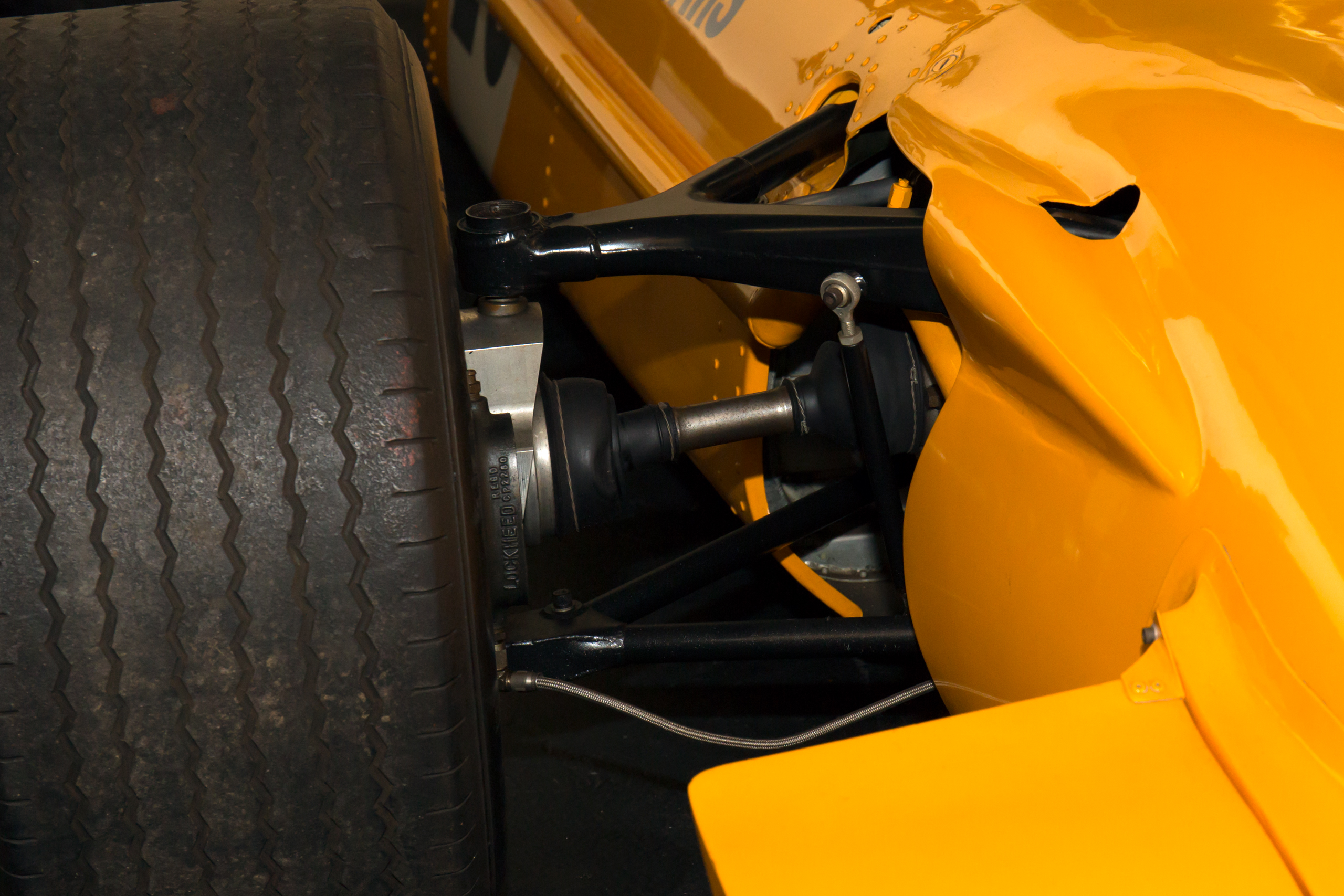Summary
Role of the drive shaft
What’s a drive shaft sound?
How to recognize a drive shaft noise?
Drive shaft noise: maintenance
A “drive shaft noise”!? This is an expression commonly heard in car mechanics. It is due to the deterioration of the drive shaft through wear. It requires a quick repair to avoid breakdown of the transmission.
Role of the drive shaft
The drive shaft is vital to the vehicle’s progress. In fact, we should talk about transmission. It is a metal tube, consisting of 2 joints at each end, connecting the output of the axle (or differential) and the wheel. It allows the transmission of the rotational movement initiated by the engine to move the car forward, despite the suspension travel; there is a drive wheel transmission.
Generally speaking, the “transmission” function of a car encompasses all the components involved in conveying and transforming the rotational movement from the engine to the driving wheels.
Car transmission: How it works?
The power train from the engine to the wheels runs through:
the engine flywheel;
the clutch;
the gearbox, which adapts the rotation speed and the engine torque according to the driving conditions (starting – climbing – high vehicle speed…);
the self-locking or differential axle whose main function is to differentiate the speed of each wheel;
For example, when cornering, the inner wheel must turn slower than the outer wheel.
What is a drive shaft noise?

The drive shaft noise necessarily comes from a deterioration of this part. Its joints start emitting an unpleasant and very characteristic jerky metallic clacking sound.
If it is not treated on time, this malfunction often leads to the rupture of the transmission and the immobilisation of the vehicle.
Note: The failure of a single transmission component is enough to bring a car to a standstill.
How do I recognise a drive shaft noise?
Since the front axle of a vehicle is made up of many elastic mountings (silentblocks) and various joints (ball joints, connecting rods, wheel bearings, etc.), it is sometimes difficult to detect an incipient drive shaft noise.
However, a few clues and warning signs can point the way:
Visually, a deteriorated drive shaft bellows is an imminent sign of drive shaft wear.
A change in rotational speed (deceleration, gear shifting) which causes a transmission jerk and rattling.
The noise is often amplified when accelerating, whereas in deceleration it may disappear completely.
It is amplified or occurs during large, low-speed turns.
When the wheel is lifted, there is more or less movement between the shaft and the part attached to the wheel.
Where does drive shaft noise come from? From the deterioration of a bellows. These elastic protections that protect its joints also contain the grease necessary for its lubrication. If it is torn, foreign bodies (sand, water, etc.) penetrate it and destroy the joint.
Drive shaft noise: maintenance
Once the drive shaft noise has been identified, the only repair solution is to replace the complete part.
How to replace the drive shaft
Although theoretically this intervention is simple, most of the time, an inexperienced mechanic may quickly encounter some insurmountable pitfalls:
Insufficient equipment to meet technical requirements, such as a hub puller or a blowtorch to extract a drive shaft stuck in the wheel hub, a patella puller, etc…
Lack of technical experience can lead to additional damage (e.g. caulking of the drive shaft thread or ball joints, damage during disassembly or assembly of the differential seal, gearbox filling procedure, etc.).
It is therefore often prudent and judicious to entrust the operation to a professional.
Hope this post helps you determine whether your car is having a drive shaft problem or is it something else. Remember to share your experience in the comment section below.

